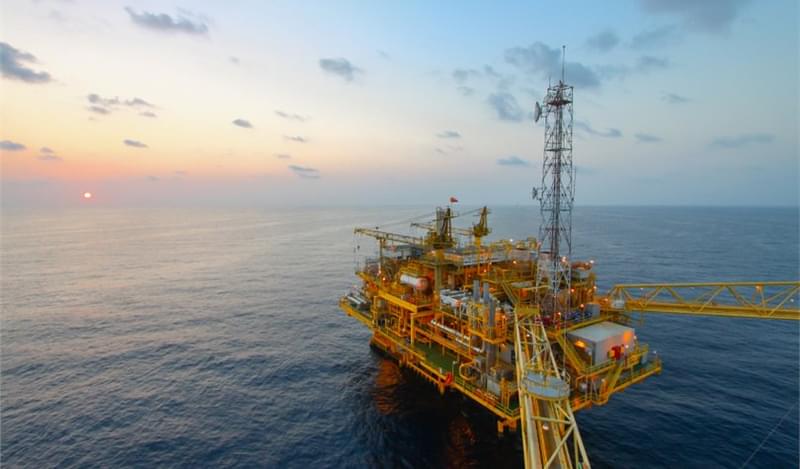Low oil prices have decreased the revenues of many countries in the Middle East. To tackle depressed incomes, many borrowers have tapped the international capital markets to shore up their finances.
Thomas Pugh, a Commodities Economist at Capital Economics noted that traditionally, government spending in the Middle East tends to follows oil prices.
However, borrowers from the region are increasingly turning to international debt capital markets for their borrowing needs.
“The cost of oil extraction in the Middle East is around US$10 per barrel, so although profitability exists, with oil prices as they are it is not possible to balance current budgets,” Pugh noted.
The slight rise in the price of oil has also enabled Middle Eastern borrowers to access the capital markets with better pricing. There is less of a premium on debt from the Middle East with the current price of oil at US$47.60 per barrel than when it was at US$32 per barrel.
April was the busiest month in the Middle East for borrowing since the middle of 2014. Sovereign debt issuance in 2016 have been much greater than that in previous years, already amounting to around double the level seen during the same period in each of the past 3 years.
Borrowing from Abu Dhabi and Bahrain since the start of the year alone has already reached US$8.6bn, surpassing the debts incurred by these nations during the financial crisis in 2009.
HSBC believes that US$94bn worth of bonds from the GCC will reach maturity over the course of 2016 and 2017. Reduced domestic revenues and lower liquidity in the domestic banking sector has led many to turn to foreign funding, which is mainly being used to refinance existing debt.
Planned or closed deals include Qatar’s Ahli bank’s loan to refinance existing debt, Kuwait’s Boubyan Bank’s capital boosting sukuk, Saudi Arabia’s US$10bn sovereign loan, Saudi Arabia’s national shipping company Bahri’s loan, and Qatari Ezdan’s sukuk.
The bond market is also seeing considerable activity. Until Abu Dhabi’s recent Eurobond, the Middle Eastern Eurobond market rarely saw action, reaching a 7 year low in 2015.
Aside from Abu Dhabi’s recent deal, Saudi Arabia is rumoured to be planning a bond, Bank Muscat recently issued a Eurobond, Abu Dhabi’s Mubadala is set to tap the market soon, Kuwait’s Boubyan Bank is looking at issuing, and Qatar is in talks for a sovereign bond. Abu Dhabi’s International Petroleum Investment Company (IPIC) has also arranged 9 banks ahead of a euro-denominated bond issuance.
Despite the number of issuances, an associate at Credit Suisse focussing on the CEEMEA debt capital markets said that even for smaller issuers there was unlikely to be a crowding out of the regions markets, and that pricing was unlikely to be affected by the sheer number of issuances.









